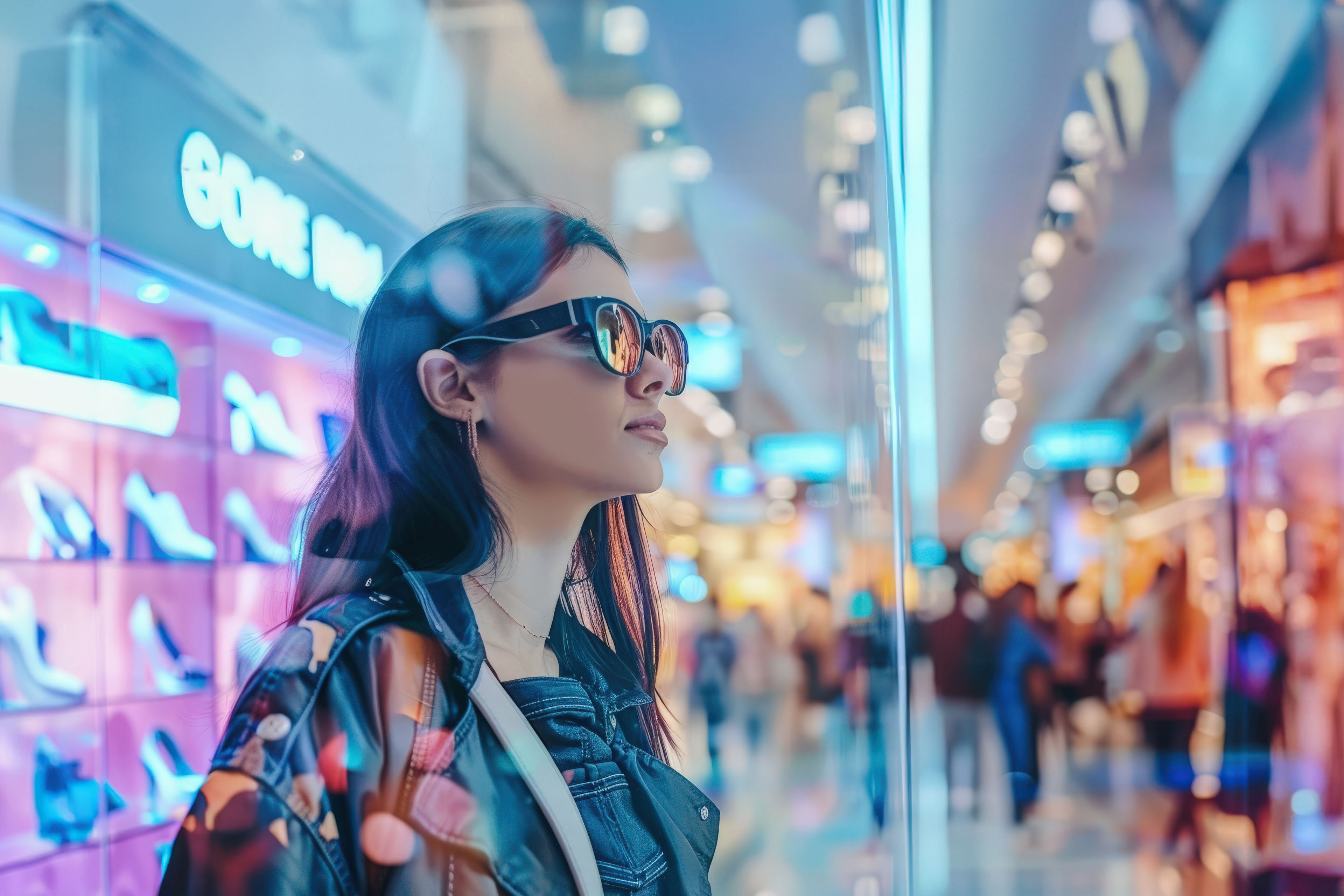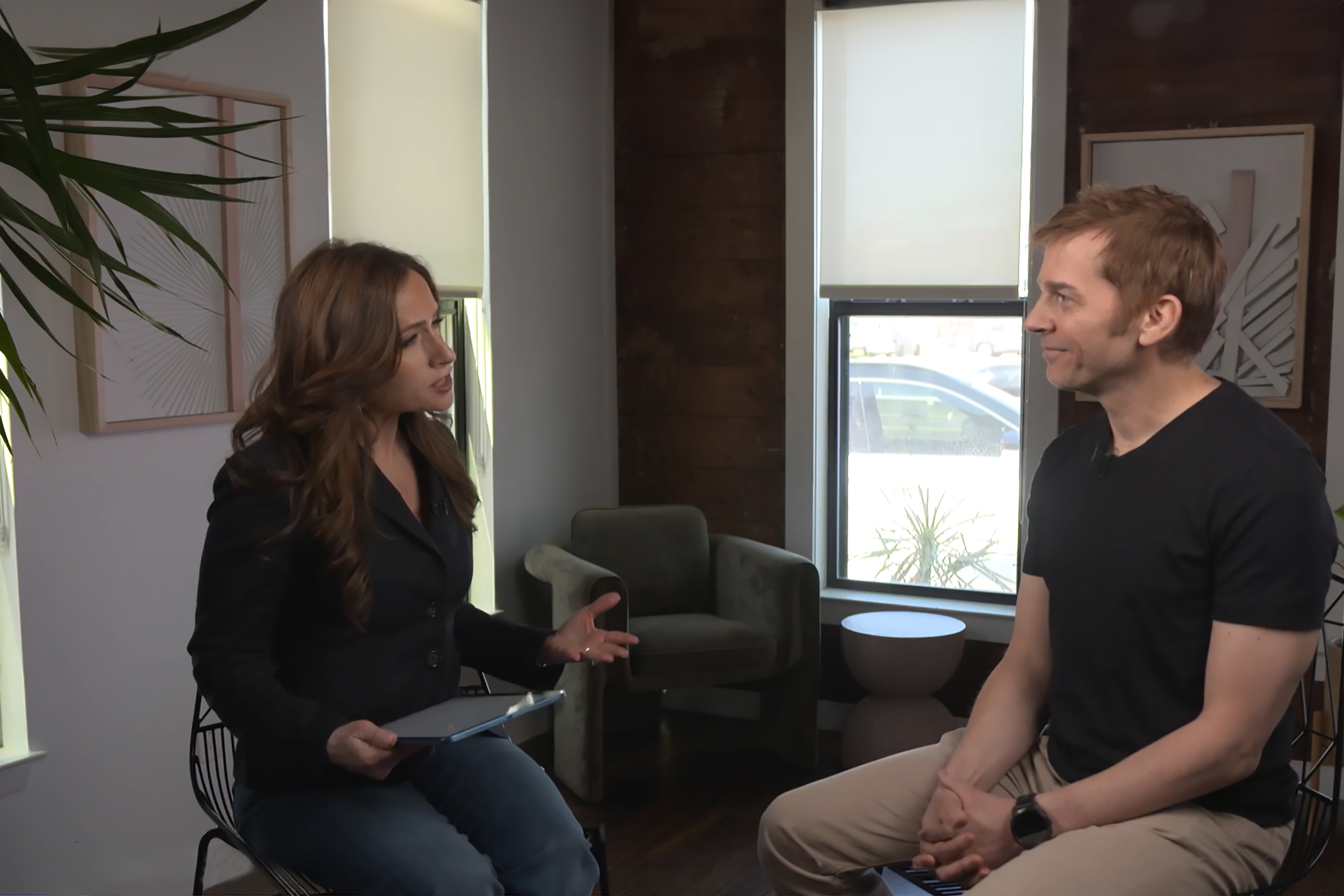EY refers to the global organization, and may refer to one or more, of the member firms of Ernst & Young Global Limited, each of which is a separate legal entity. Ernst & Young Global Limited, a UK company limited by guarantee, does not provide services to clients.
How EY can help
-
EY Product and Service Innovation teams can help your business identify, define and design products and services that deliver long-term value. Discover more.
Read more
Many of our clients have seen the number of creative assets skyrocket across a variety of formats (tutorials, documentaries, web series, augmented reality, virtual reality, livestreaming), with a single campaign needing to be activated across multiple categories and touchpoints.
Investing in robust creative capabilities can be a key differentiator and drive real impact in market. In fact, many studies demonstrate that the relative importance of creative is increasing, with “creative being the largest contributor to sales uplift and the most important lever in brand profitability.”2 Forbes also measured the impact, demonstrating that “creatively awarded campaigns deliver 11x the return on investment of non-creatively awarded campaigns.”3
To unleash the full power of creative and develop content at the required scale, chief marketing officers (CMOs) should prioritize three things:
- Organize for success
- Upgrade and test new tech
- Leverage partners and creators










